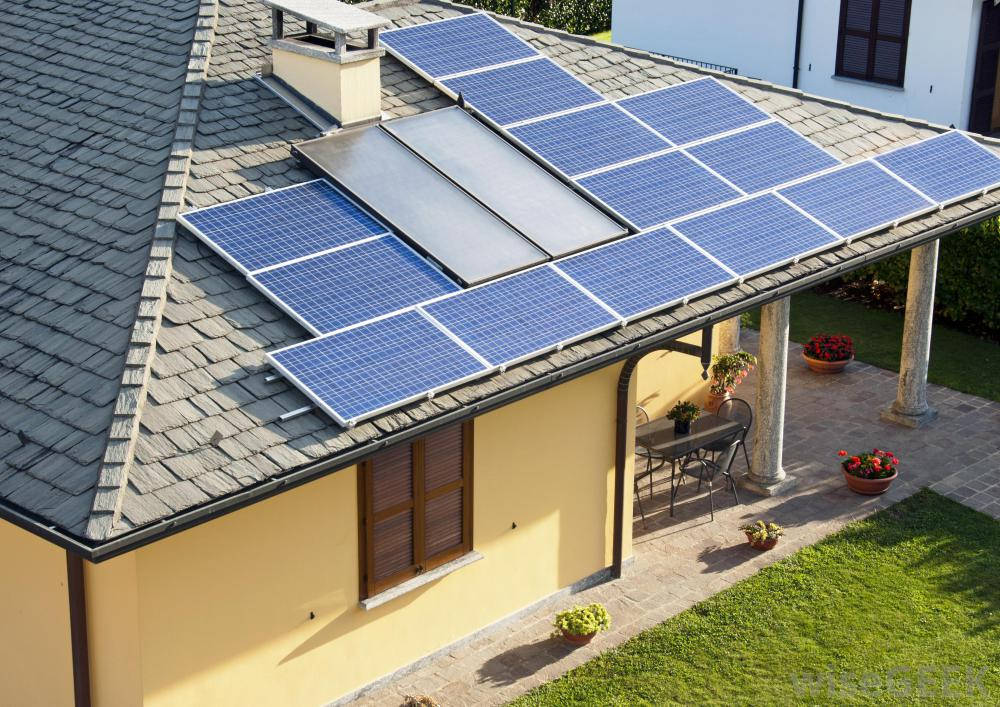The size of a residential solar energy system a homeowner needs depends on several factors such as how much electricity they consume, the size of their roof, and how much they are willing to invest in the system.
Whether a residential solar energy system will work for each homeowner also depends on the available sun (resource), and the local permits required.

Finding out the appropriate sizing of a solar energy system that will supply all of a property`s electricity needs; is one of the most common questions.
It’s important to consider—if the homeowner wants the system to cover all energy usage needs or to cover only a portion of the energy usage?
The economics of a residential solar energy system are determined by both the capital and operating costs.
Capital costs include the initial costs of designing and installing a system. Operating costs include the costs associated with maintaining and operating the system over its useful life.
For installers or those homeowners who intend to do the installation themselves (DIY) without the help of an installer should follow this advice.
Before selecting system components and sizing a system for an existing home, they should evaluate their energy consumption patterns and try to reduce their home’s electricity use.
They do this by performing a load analysis, which includes looking at their utility bills over the past year, calculating energy consumption and recognizing consumption trends.
By understanding their “energy habits” and becoming more energy efficient, they can reduce the size of the solar energy system they’ll need, lowering both their capital and operating costs.
Solar rebate programs, subsidies, and other incentives can help make solar energy installation more affordable.
Depending on each homeowner’s geographic region, tax incentives may include a sales tax exemption on the solar energy system purchase, a property tax exemption, or state personal income tax credits, all of which provide an economic benefit to consumers by lowering high capital costs.











Comments